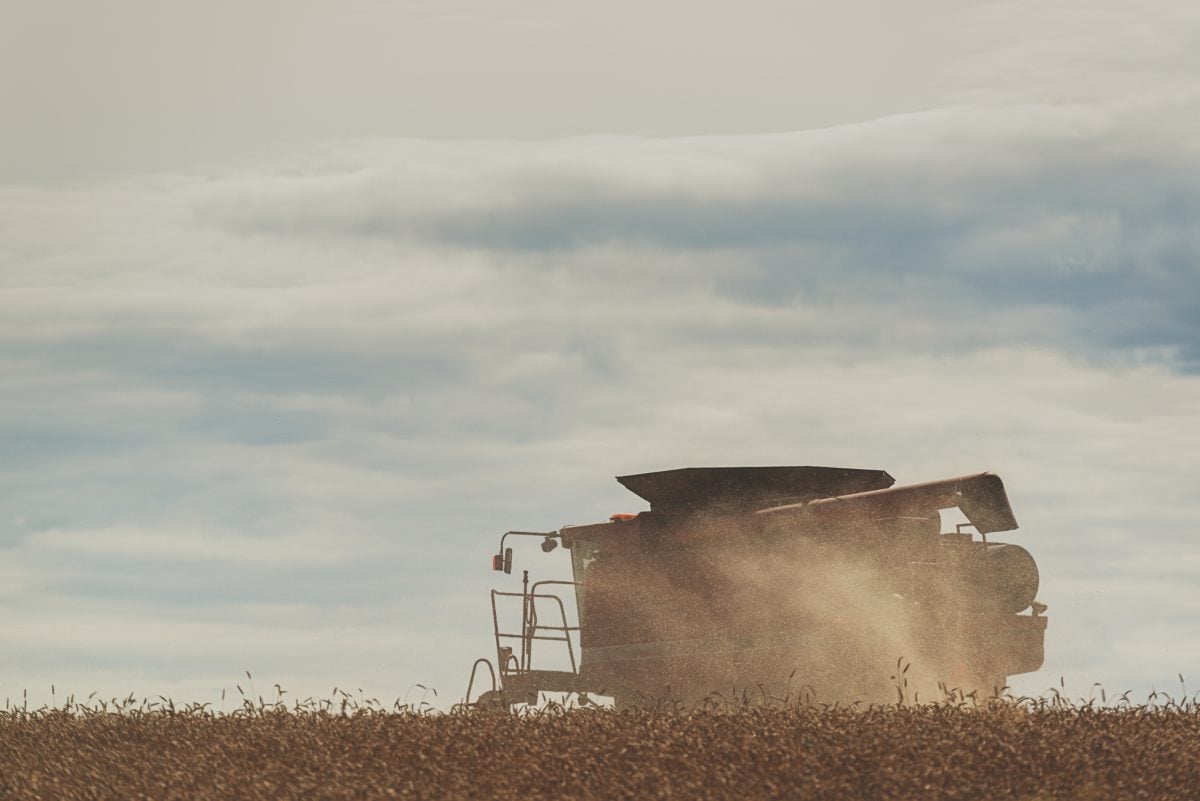Canadian vineyards growing Chardonnay grapes could soon learn exactly which types of the grape variety are better suited to their particular climates.
A team of scientists from the University of British Columbia and the University of South Australia plan to sequence the genome of the Chardonnay variety, which is the second-most planted white wine variety in B.C. and the dominant white variety in Australia.
Despite its popularity, few wineries know exactly what type of Chardonnay grape they’re growing. “Our goal is to help wineries identify their Chardonnay varieties so they can plant the most appropriate type for their climate, leading to improved quality of wine,” Hennie van Vuuren (shown above in a UBC photo), the project’s co-leader and the head of UBC’s Wine Research Centre, said in a release last week.
Read Also

Alberta Crop Report: Harvest reaches completion
Alberta’s harvest is virtually complete at 99.4 per cent finished, ahead of the five-year and 10-year averages at this time of the season.
The researchers plan to examine 15 different varieties of the Chardonnay grape, considering properties such as early or late ripening, loose or small bunch sizes, and seedless or large berries.
The Chardonnay sequencing project has already received about $585,000 in funding from Genome British Columbia, UBC, the UBC Wine Research Centre, Bioplatforms Australia Ltd. and the Australian Wine Research Institute (AWRI).
Joerg Bohlmann of UBC’s Michael Smith Laboratories and Sakkie Pretorius at the University of South Australia are also co-leaders of the project.
“Assembly of the Chardonnay genome will produce a foundational data resource that will underpin many such projects and, with time, will assist in developing practical game-changing strategies for the growing of this variety,” AWRI managing director Dan Johnson said in UBC’s release.
The project, he said, will also benefit from development of “linkages” with other groups working on grapevine-sequencing projects for other varieties.
“Easy to appreciate”
Originating in northeastern France, the green-skinned Chardonnay is often used as an ingredient in sparkling white wines and champagnes.
British wine critic Jancis Robinson, on her website, describes the grape as “arguably the most popular in the world, and yet most of those who love it would find it difficult to describe exactly what it tastes of.”
Its mass-market popularity, she wrote, may be due to “its very blandness” in that it “cannot be accused of having too strong a flavour… If this sounds negative, it is only because I think so much Chardonnay made today is without any great character — which is not the grape’s fault.”
Chardonnay, she said, “perhaps more than any other grape variety, tends to express winemaking every bit as much as vineyard site.”
The grape’s wines, she said, are also usually relatively high in alcohol and often oaked, “so that the overall effect — albeit unacknowledged — is of a rather sweet wine that is very easy to appreciate by newcomers to wine.”

















